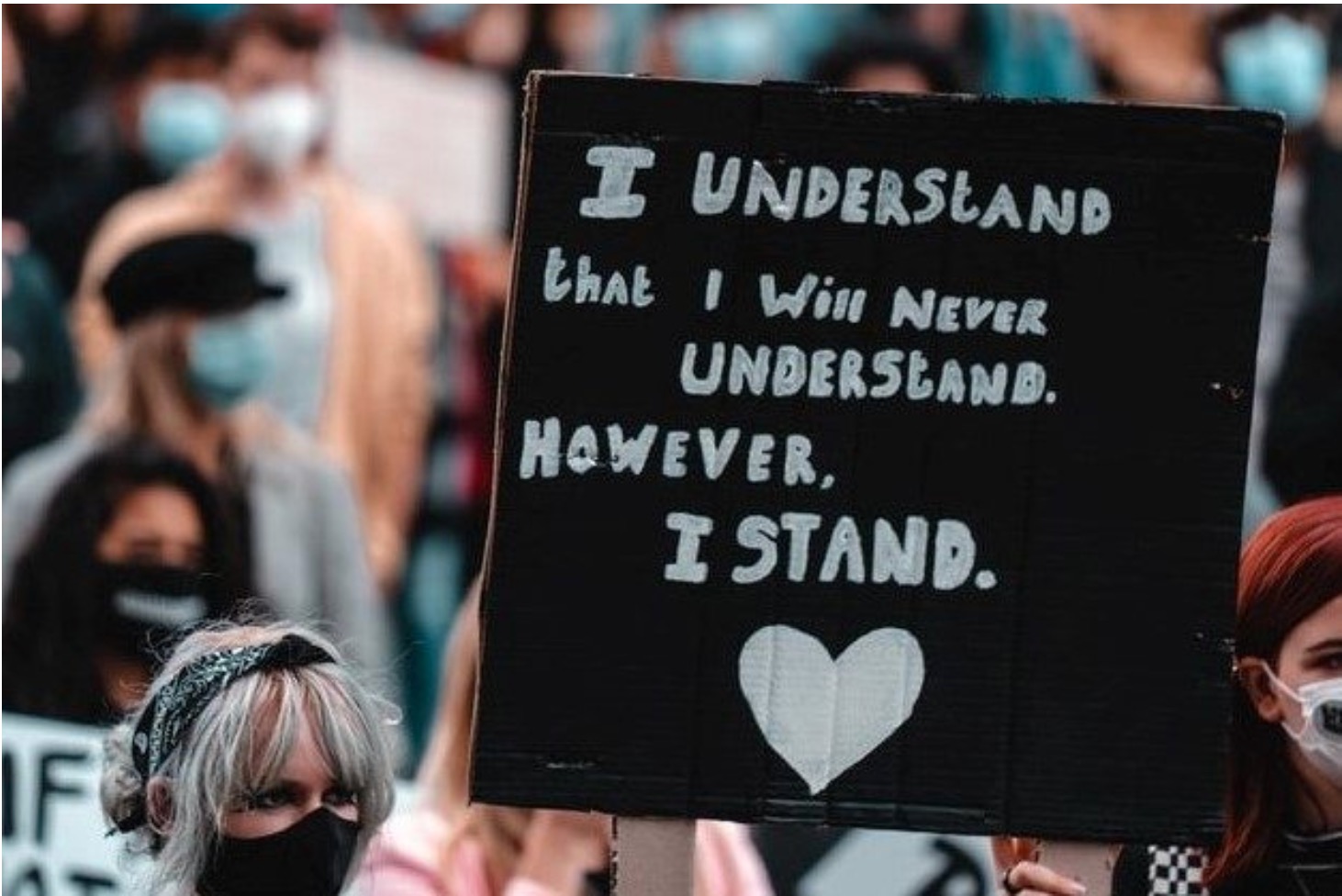This past week, I received a text from my husband who was working downstairs. “Please bring me another t-shirt ASAP!” Confused, I ran to the closet, pulled out one of his many grey t-shirts and headed down stairs – baffled by his request and assuming that he had spilled coffee. The shirt had a green four-leaf clover and no stain in sight.
As he reached out and pulled one off the hanger, his words struck me hard. “I am very sorry about that.” he began while on the Zoom call, “If I had known how offensive this shirt was I would not have worn it.” Within seconds, a new shirt was on and the conversation continued.
Sitting back down at my computer, I began the search. Here’s what I knew. I knew he was on with the black employees in his company who were generous to share their stories, educate him on what he can do and share their thoughts on how the company can support them and the black community. I also knew that he was anxious for the call as he wanted to make sure that all voices were heard and that his questions were received with the true intentions behind it.
To learn what he didn’t know.
And over the next few minutes, I learned as well.
I learned I didn’t know that there are more and more symbols being used as a form of white supremacy. Symbols that, at face value, would seem irrelevant. Symbols such as the ‘ok’ sign, an image of two dice with a 1 and 4 on them and that four-leaf clover on my husband’s tshirt – for this leaf, a leaf I have always seen as a symbol of my Irish heritage and one that I wear every March 17th – is now a symbol of a white supremacy group. A symbol that incites hatred, racial injustice and violence.
I didn’t know. I should have.
I learned that the belief that I had built my company on – that what you wear tells a personal story – failed to recognize the full impact we can have on each other. Everyday, with my clients, on podcasts and in my writing, I talk about how creating your brand begins with the story. I discuss how to go within yourself to rediscover your purpose, who you are and what you stand for. I explain that how you appear matters and is the first step to starting a conversation with your audience. I even go so far as to say, what you wear has the power to control the conversation. So, I was humbled and taken aback at my blind spot. Never did I consider the negative impact the symbols of my childhood could have today.
I didn’t know. I should have.
Our environment is changing fast and I am realizing that I am just getting into the game. It’s not like I’ve been on the bench – I haven’t even shown up to the stadium. And here’s what weighs on me most: I knew about the game. I knew that I needed to be there – but I wasn’t. I could say that I just couldn’t find where the ticket office was, but the truth is – I was unsure what my place was and too afraid to ask.
So, today, I share what I do know and what I should do.
What I do know is that seeing these atrocities of the past and of today has been hard for me to watch and many times, I’ve wanted to close my eyes. What I do know is that remaining silent says something and by not asking the uncomfortable questions simply says “I’m not interested” – but that is far from the truth.
What I do know is that I have a lot to learn, a lot more, and it starts by getting in line and buying a ticket to the game.


